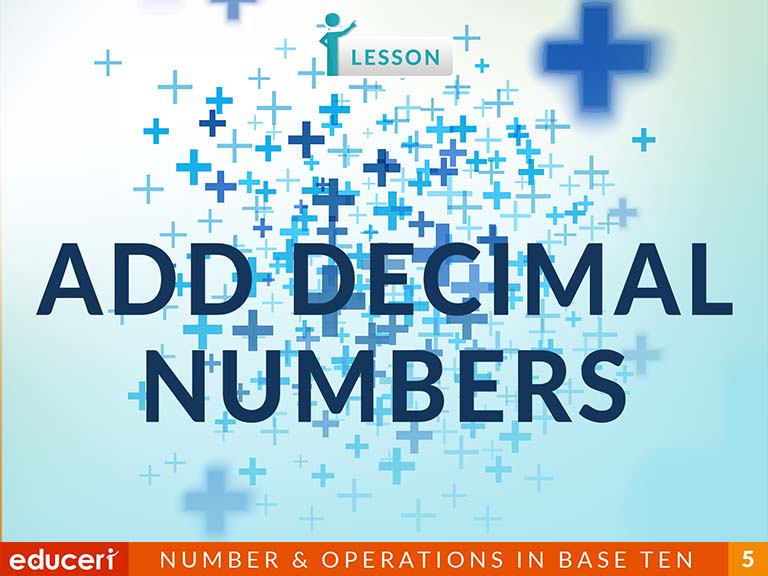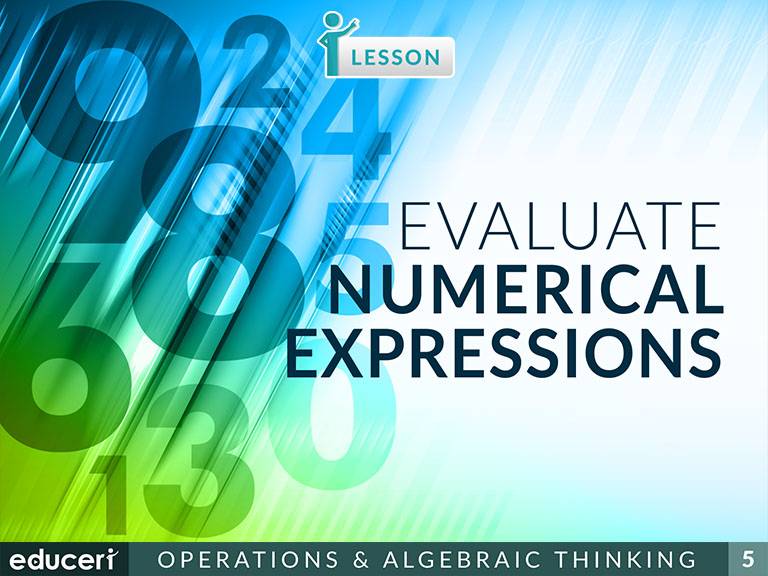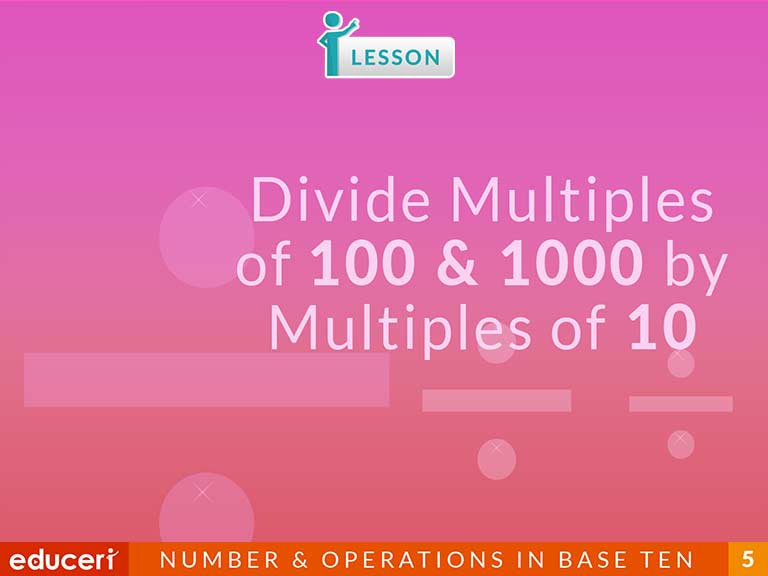All Lessons

Form and Use Perfect Tense Verbs
This language lesson covers how to form and use perfect tense verbs. The lesson includes research-based strategies and strategic questions that prepare students for assessments. In this lesson, students read a pair of sentences, identify the verbs, and then identify which sentence contains the perfect tense verb.
Share This Lesson

Recognize & Explain the Meaning of Idioms
This Common Core language lesson teaches students how to recognize and interpret frequently used idioms. This lesson is very impactful for English learners or ELD students. The lesson includes research-based strategies and strategic questions that prepare students for Common Core assessments. In this lesson, students look at the literal and figurative meanings of the idioms side-by-side. Then in the activity they use the context of the text to interpret the meaning of idioms. In addition to the lesson, there are four pages of Independent Practice with questions modeled after the Common Core assessment items.
Share This Lesson

Explain the Meaning of Similes & Metaphors
This Common Core language lesson teaches students how to interpret figurative language including similes and metaphors. The lesson includes research-based strategies and strategic questions that prepare students for Common Core assessments. In this lesson, students will learn how to identify a simile or metaphor in the context of a paragraph and how to use the context of the text to explain the meaning of the figurative language. In addition to the lesson, there are four pages of Independent Practice with questions modeled after the Common Core assessment items.
Share This Lesson

Use Commas Correctly
L.5.2 Demonstrate command of the conventions of standard English capitalization, punctuation, and spelling when writing.
L.5.2.BL.5.2.B Use a comma to separate an introductory element from the rest of the sentence.
L.5.2.CL.5.2.C Use a comma to set off the words yes and no (e.g., Yes, thank you), to set off a tag question from the rest of the sentence (e.g., It's true, isn't it?), and to indicate direct address (e.g., Is that you, Steve?).
This Language lesson has students correctly use commas to separate different items in a sentence. Students will both insert commas where necessary and explain the reason that a comma is necessary there. The lesson includes research-based strategies and strategic questions that prepare students for assessments. In addition to the lesson, there are eight pages of independent practice and review.
Share This Lesson

Use Parentheses in Expressions
5.OA.1 Use parentheses, brackets, or braces in numerical expressions, and evaluate expressions with these symbols.
5.OA.25.OA.2 Write simple expressions that record calculations with numbers, and interpret numerical expressions without evaluating them. For example, express the calculation "add 8 and 7, then multiply by 2" as 2 × (8 + 7). Recognize that 3 × (18932 + 921) is three times as large as 18932 + 921, without having to calculate the indicated sum or product.
This algebra and functions lesson focuses on using parentheses in expressions. The lesson includes research-based strategies and questions that help prepare students for assessments. In this lesson, students write the given expression twice. Then, they insert parentheses around different locations of the expression and evaluate each expression to determine which is correct. Finally, students interpret their answer and read aloud. In addition to the lesson, there are four pages of Independent Practice and Periodic Reviews with questions modeled after current adaptive testing items.
Share This Lesson

Determine the Prime Factorization of Numbers
This number sense lesson focuses on determining the prime factorization of numbers. The lesson includes research-based strategies and strategic questions that prepare students for assessments. In this lesson, students determine the prime factorization of the number using a factorization tree, factoring all composite numbers until they are prime. Finally, they write the prime factorization using exponents if necessary and checking and interpreting the answer. In addition to the lesson, there are twelve pages of Independent Practice and review with questions modeled after current adaptive testing items.
Share This Lesson

Recognize Place and Value in a Multi-Digit Number
Share This Lesson

Read & Write Decimals to the Thousandths
Share This Lesson

Find Quotients by Using the Relationship Between Division & Multiplication
This number and operations in base ten lesson teaches students how to use the relationship between division and multiplication to solve division problems. The lesson includes research-based strategies and strategic questions that prepare students for assessments. In this lesson, students rewrite division problems as multiplication problems as a strategy to help find quotients. This lesson should be considered an initial first step to more complex division problems. By using multiples of 10 and 100, students are able to see the structure of what is going on without getting distracted by difficult calculation.
Share This Lesson

Add Decimal Numbers
This number sense lesson focuses on adding decimal numbers. The lesson includes research-based strategies and strategic questions that prepare students for assessments. In this lesson, students identify the decimal numbers being added, is necessary. Then, they line up the decimal numbers by place value, making the decimal points line up. Finally, they add the decimal numbers, line up the decimal point in the sum, and interpret the sum. In addition to the lesson, there are eight pages of Independent Practice and Periodic Review with questions modeled after current adaptive testing items and six flashcards on lining up the decimal numbers.
Share This Lesson

Order Decimal Numbers (Hundredths Place)
This number sense lesson focuses on ordering decimal numbers. The lesson includes research-based strategies and questions that help prepare students for assessments. In this lesson, students read the problem and line up the decimal numbers by place value. Then, they compare each digit (starting from the left) and if they have the same value, move to the place value to the right. If they have a different value, determine which digit has the least or greatest value. Finally, students order the decimal numbers. In addition to the lesson, there are four pages of Independent Practice and review with questions modeled after current adaptive testing items.
Share This Lesson

Identify Decimals on a Number Line (Hundredths Place)
This number sense lesson focuses on identifying decimal numbers on a number line. The lesson includes research-based strategies and questions that help prepare students for assessments. In this lesson, students determine which two whole numbers the decimal number is between the number line, and locate the point between the whole numbers. Then, they label the correct decimal, if needed. In addition to the lesson, there are five pages of Independent Practice and review with questions modeled after current adaptive testing items.
Share This Lesson

Estimate the Sum of Decimals (Hundredths Place)
This number sense lesson focuses on estimating the sum of decimals to two places. The lesson includes research-based strategies and questions that help prepare students for assessments. In this lesson, students round all numbers to the nearest whole number, and rewrite the addition problem using the rounded values. Then, they add the rounded numbers. In addition to the lesson, there are four pages of Independent Practice and review with questions modeled after current adaptive testing items.
Share This Lesson

Multiply Decimals to Compute a Percent
This number sense lesson focuses on computing a percent of a whole number. The lesson includes research-based strategies and strategic questions that prepare students for assessments. In this lesson, students read the problem and identify the percent. Then, they compute the percent of the whole number by finding the decimal form of the percent and multiplying the whole number by the decimal form. Finally, they interpret the percent of the whole number. In addition to the lesson, there are five pages of Independent Practice and review with questions modeled after current adaptive testing items.





